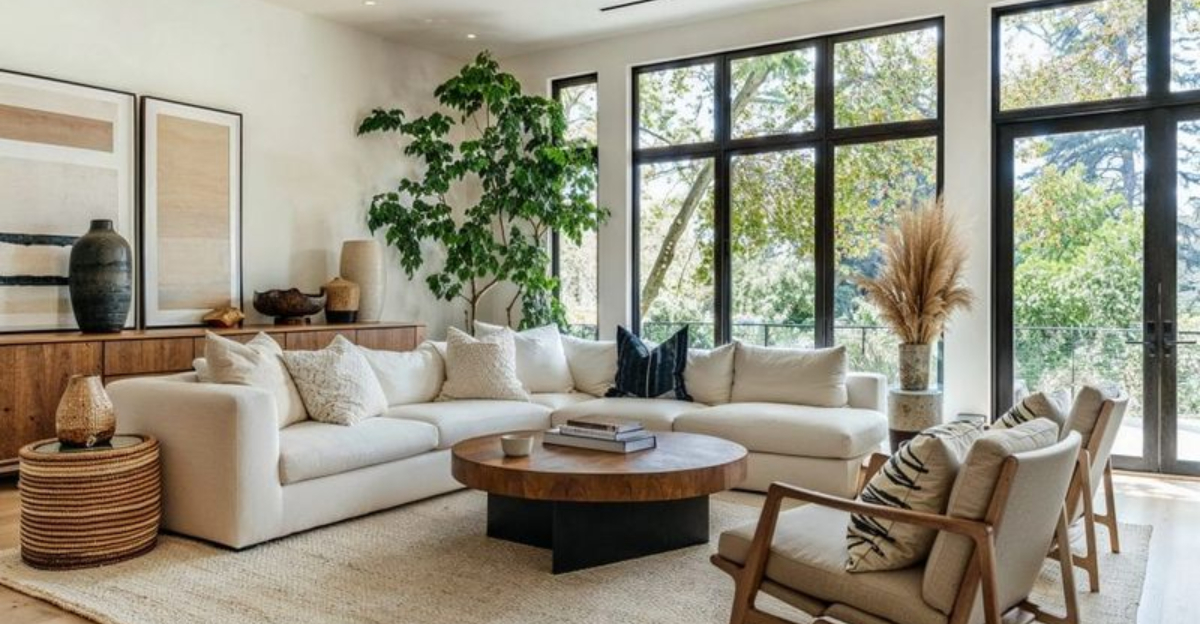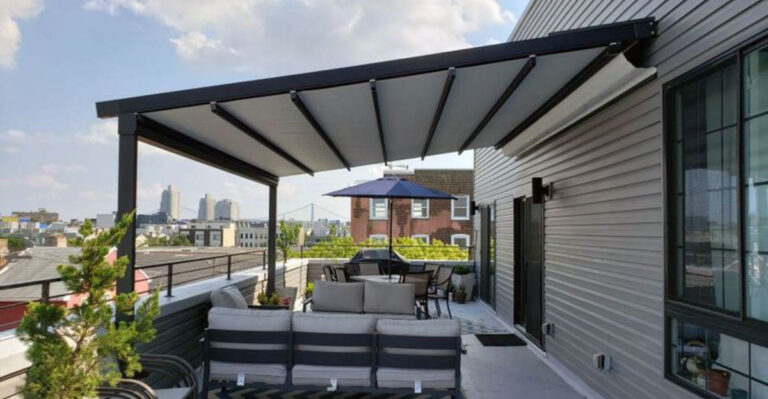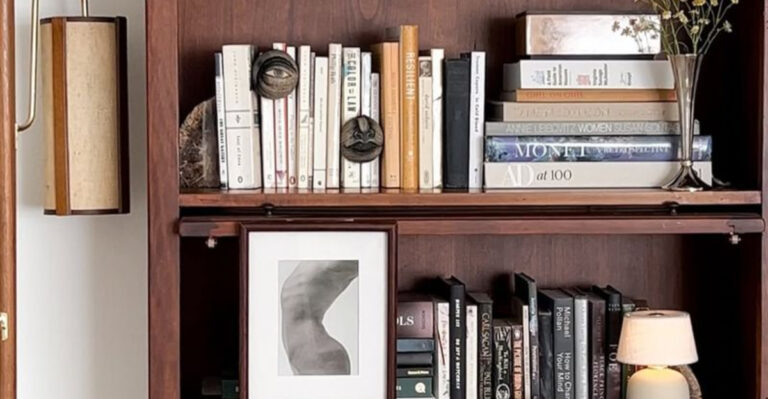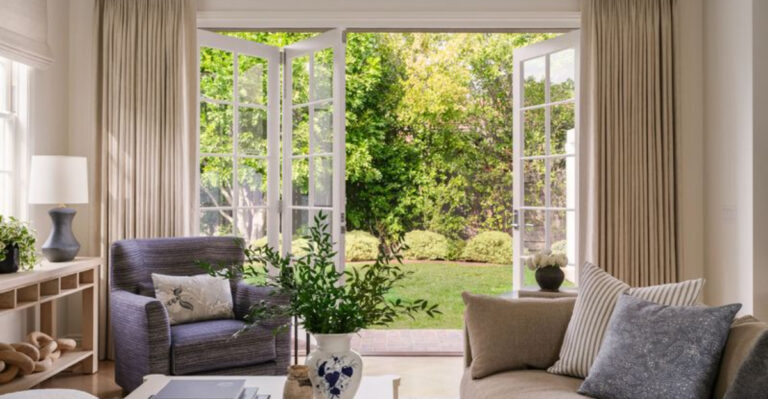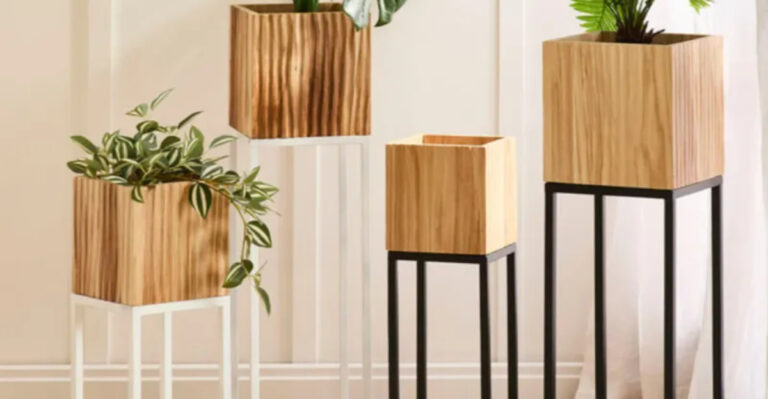15 Interior Design Trends That Are Still Trending Even Though They’re 20 Years Old
Remember when everyone was decorating for the new millennium? Surprisingly, many design elements from that era continue to grace our homes today. Good design truly stands the test of time, blending functionality with aesthetic appeal that resonates across decades.
Y2K-era interior trends that once felt futuristic now offer a nostalgic charm paired with enduring practicality. Here’s why they still deserve a place in modern homes.
1. Hardwood Floors
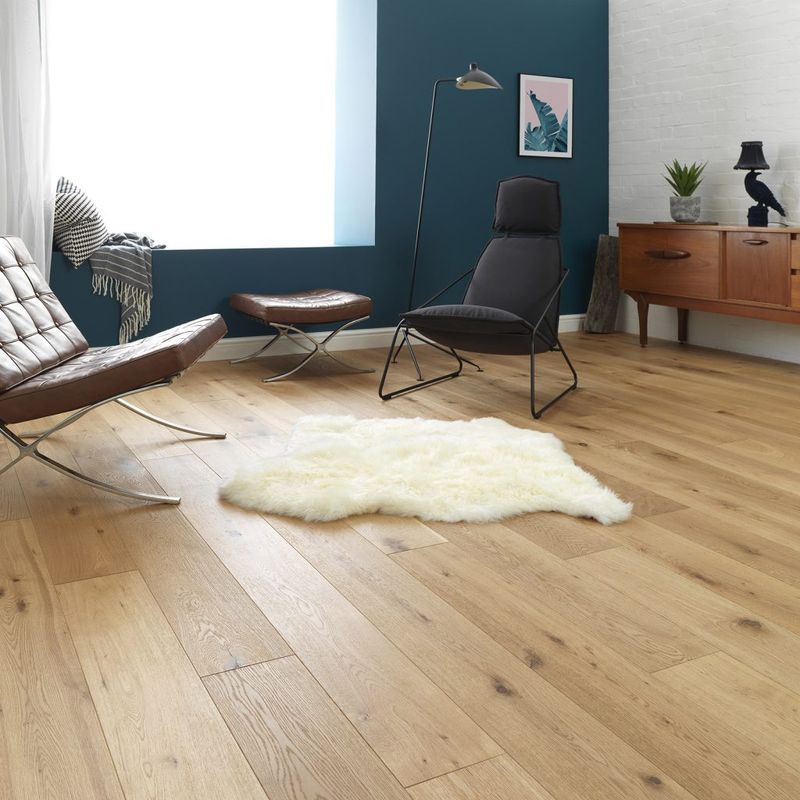
Walking across warm, gleaming planks never goes out of style. Natural wood brings an organic element into any space while providing durability that can last generations.
Homeowners continually gravitate toward oak, maple, and walnut for their timeless appeal and ability to complement virtually any décor scheme. Modern innovations like engineered options and eco-friendly finishes have only enhanced their staying power.
2. Crown Molding
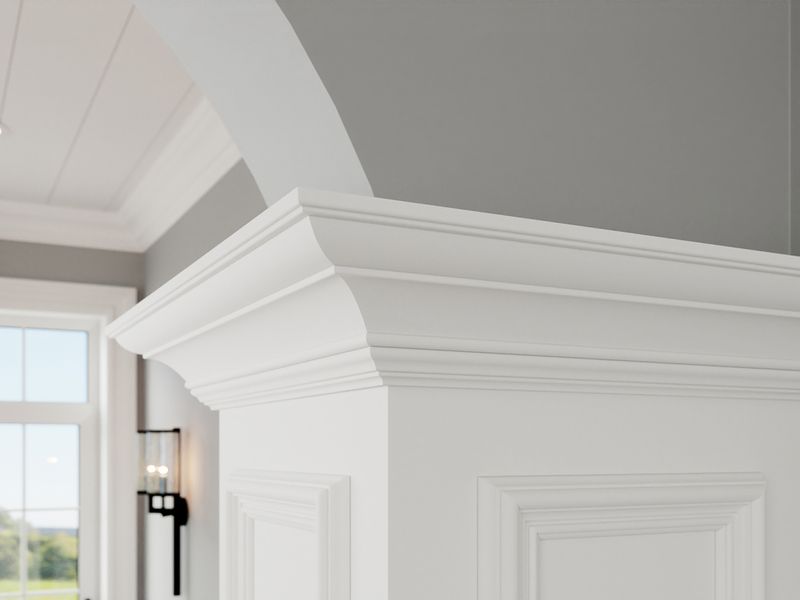
Architectural elegance lives at the junction where walls meet ceilings. Crown molding frames rooms like artwork, adding character and sophistication without overwhelming the space.
What began centuries ago as a practical way to hide construction gaps evolved into a design statement. Today’s versions range from simple profiles to ornate Victorian-inspired patterns, proving that sometimes what’s overhead deserves just as much attention as what’s at eye level.
3. Neutral Color Palettes
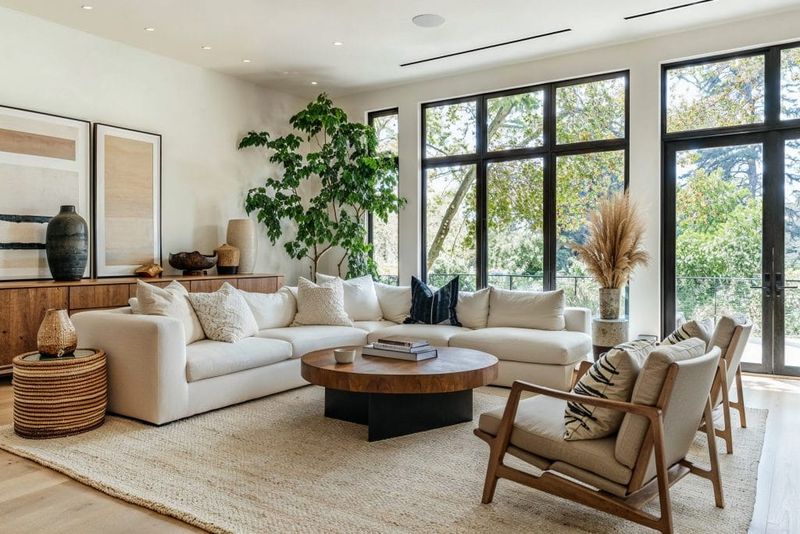
Calm, versatile backdrops create spaces that feel both current and timeless. Soft whites, warm beiges, and gentle grays form the perfect canvas for personal expression through accent pieces and artwork.
Far from boring, neutrals allow other elements to shine while providing visual breathing room. A lot of people appreciate how easily neutral schemes adapt to changing tastes and seasonal updates without requiring complete room makeovers.
4. Open Floor Plans
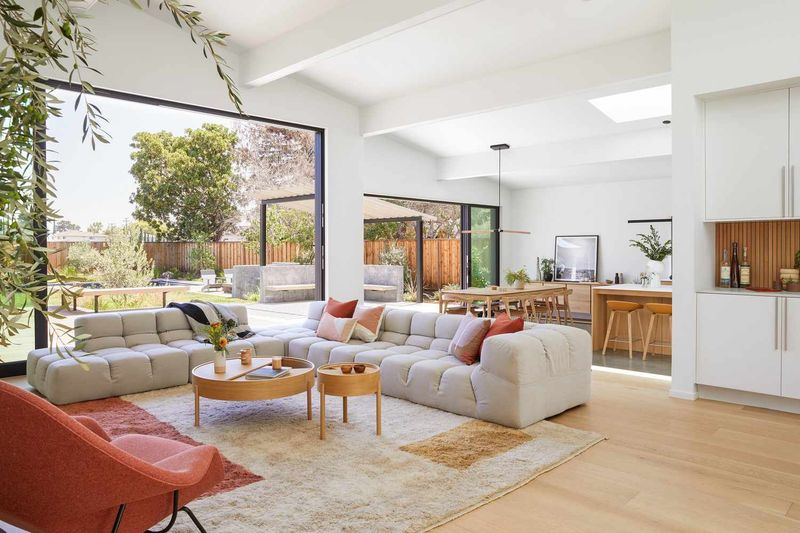
Knocking down walls revolutionized how families interact within homes. Connected kitchen, dining and living spaces encourage togetherness while entertaining and everyday life unfolds.
Light flows freely through these expansive layouts, making even modest-sized homes feel more spacious and airy. Despite occasional predictions of their demise, open concepts continue to dominate new construction and renovation projects, proving their enduring appeal.
5. Built-In Bookshelves
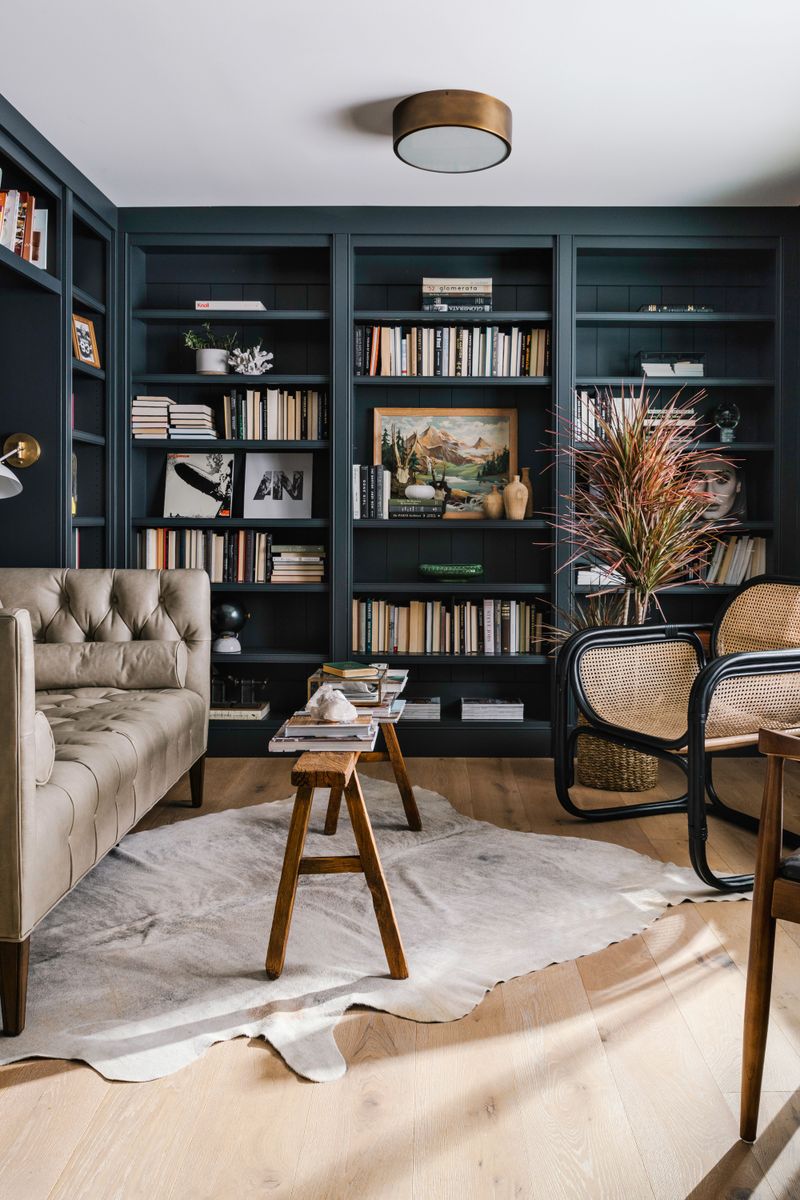
Literary lovers and design enthusiasts alike swoon over custom shelving that maximizes space while showcasing treasured collections. Built-ins transform ordinary walls into architectural features that add character and function.
Beyond books, these permanent fixtures provide display space for family photos, travel mementos, and decorative objects. Unlike freestanding units, built-ins create a seamless look that feels intentional and elevates the entire room’s design profile.
6. Recessed Lighting
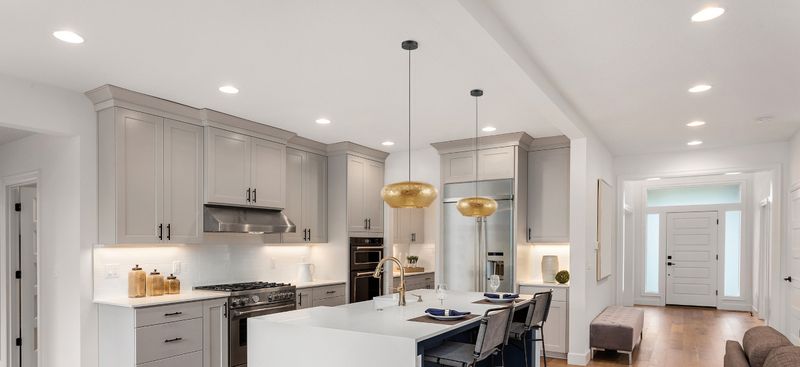
Invisible when off and magical when illuminated, these ceiling fixtures revolutionized how we light our homes. Recessed cans provide even, ambient lighting without visual clutter from hanging fixtures or table lamps.
Modern LED versions offer energy efficiency while newer slim profiles make installation possible in almost any ceiling. Designers love how recessed lighting can highlight artwork, illuminate task areas, or simply provide a soft glow without competing with other design elements.
7. Stainless Steel Appliances

Gleaming metallic surfaces brought professional kitchen aesthetics into everyday homes around the turn of the millennium. Despite predictions of different finishes taking over, stainless continues its reign of popularity.
Scratch-resistant and complementary to virtually any cabinet color, stainless steel bridges traditional and contemporary styles with ease. Manufacturers have responded to its staying power by improving fingerprint resistance and developing subtle variations like brushed finishes that maintain the classic appeal.
8. Granite Countertops
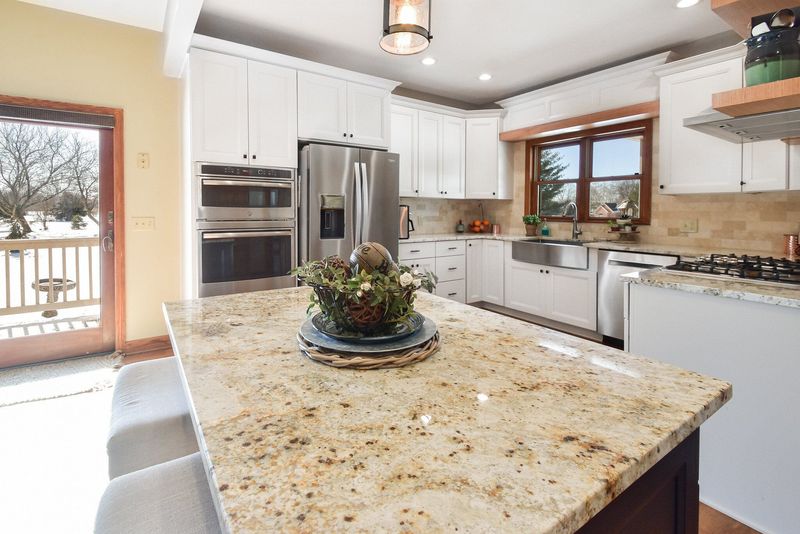
Speckled stone surfaces became kitchen royalty in the early 2000s and never abdicated their throne. Each slab tells a geological story with unique patterns formed over millions of years.
We all appreciate granite’s heat resistance, durability, and the way it develops character over time. While newer materials have entered the market, granite maintains its appeal through expanded color options and finishing techniques that bring out its natural beauty.
9. Subway Tile Backsplash
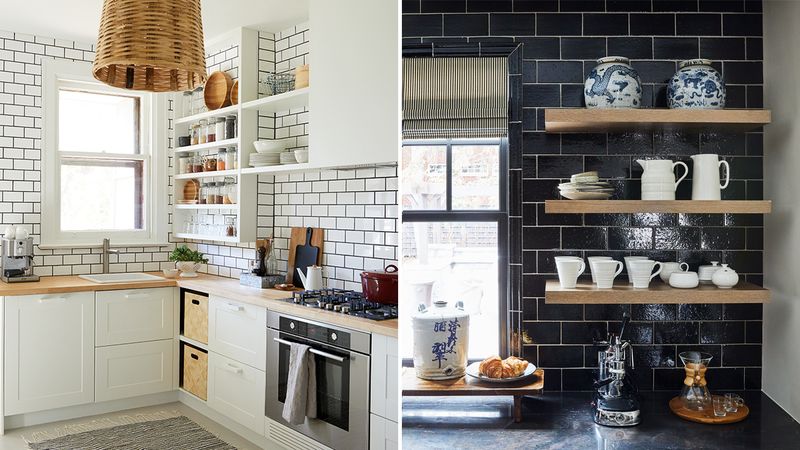
Rectangular ceramic tiles arranged in offset patterns bring vintage charm to modern spaces. Originally used in New York City subway stations, these simple tiles migrated to residential kitchens and bathrooms for their clean, timeless appeal.
Creative installations with colored grout, vertical arrangements, or handmade variations keep this century-old design fresh. Subway tiles strike the perfect balance between classic and contemporary, explaining why they’ve maintained popularity across multiple design eras.
10. Wainscoting
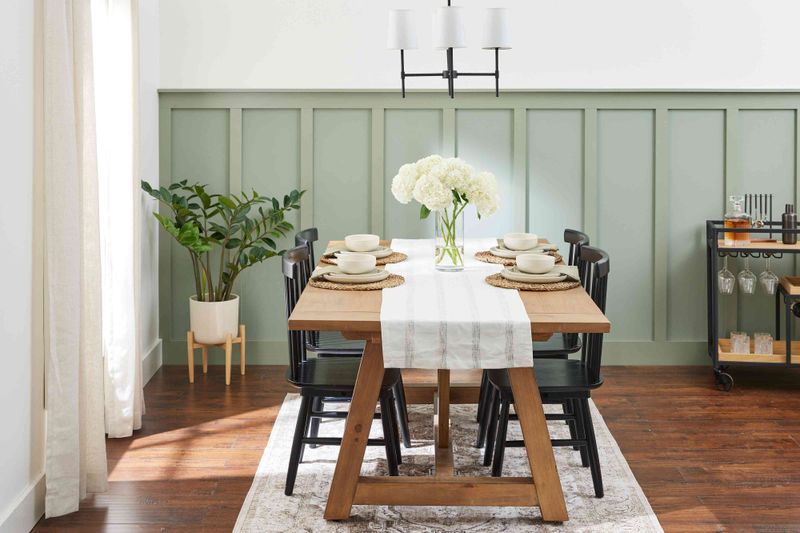
Wall panels that once served purely functional purposes now add architectural interest and texture to otherwise plain spaces. From beadboard in cottage-style homes to raised panels in traditional settings, wainscoting creates dimension and character.
Beyond aesthetics, these partial wall coverings offer practical benefits by protecting surfaces from scuffs and dents. Today’s versions include painted finishes in unexpected colors and contemporary patterns that bridge historical charm with current design sensibilities.
11. Ceiling Fans
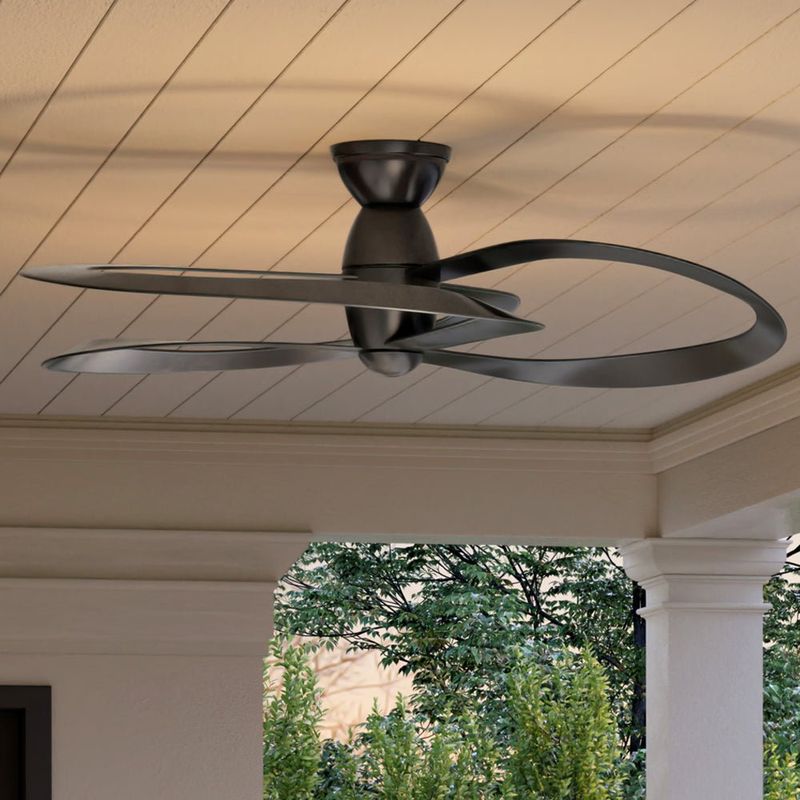
Spinning overhead for decades, these practical fixtures combine comfort with energy efficiency. Modern designs have elevated ceiling fans from purely functional to genuinely stylish, with sleek profiles and innovative materials.
Smart technology integration allows for remote operation and integration with home automation systems. Ceiling fans maintain their popularity by reducing energy costs and creating gentle air movement that makes spaces feel more comfortable year-round.
12. Classic Wingback Chairs
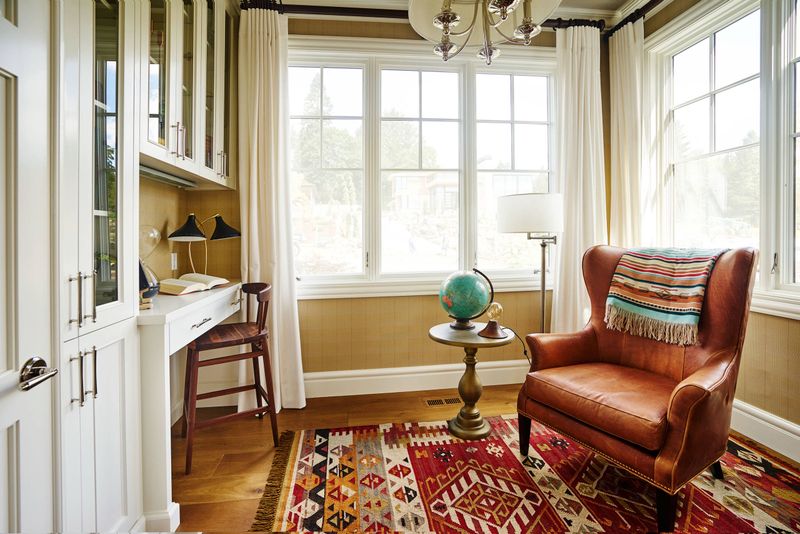
Regal silhouettes with distinctive side wings originated to shield sitters from drafts and fireplace heat. Now they serve as statement pieces that add architectural presence to living rooms, bedrooms, and even dining spaces.
Designers continuously reinvent these chairs through unexpected upholstery choices and modern proportions. Whether in traditional leather or contemporary patterns, wingbacks bridge different eras while providing comfortable, supportive seating that invites conversation or quiet reading.
13. Plantation Shutters
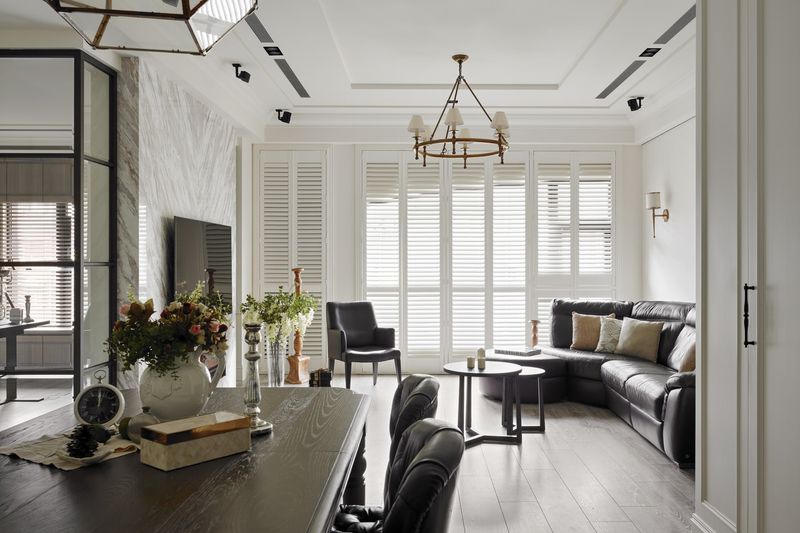
Adjustable louvered window coverings bring architectural interest while offering precise light control. Unlike fabric treatments that may fade or appear dated, plantation shutters maintain their appeal through clean lines and functional simplicity.
Originally designed for southern mansions to manage heat and humidity, today’s versions work in any climate or home style. Available in wood, composite, or vinyl, they provide privacy without sacrificing natural light and often increase property values as permanent home improvements.
14. Quartz Countertops

Engineered stone surfaces emerged as granite alternatives and quickly became stars in their own right. Combining natural quartz with resins creates surfaces that resist staining and require virtually no maintenance.
Manufactured quartz brings the best of both worlds—flawless patterns nature could never replicate and a toughness built for real life. From delicate veining to dramatic movement, every slab delivers style with zero surprises. It resists stains, shrugs off spills, and won’t flinch at chaos in the kitchen.
15. Pendant Lighting
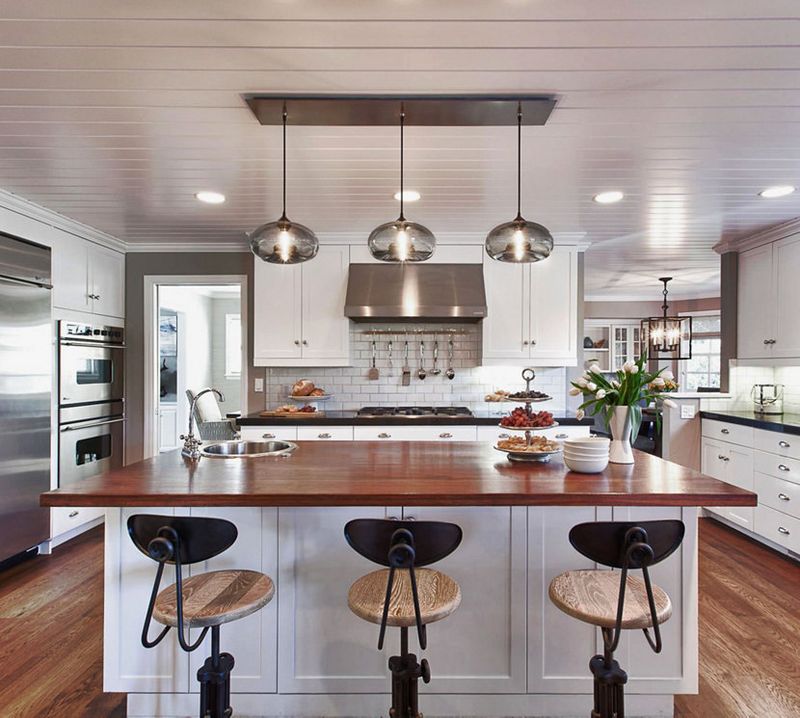
Hanging fixtures that once illuminated dining tables expanded their territory to kitchen islands, hallways, and even bedside tables. Pendants provide focused task lighting while making bold design statements through varied shapes, materials, and arrangements.
Clustering multiple smaller pendants creates visual interest and even illumination. Glass, metal, woven materials, and countless other options allow pendant lights to complement any interior style while drawing the eye upward and adding another layer to a room’s design story.

